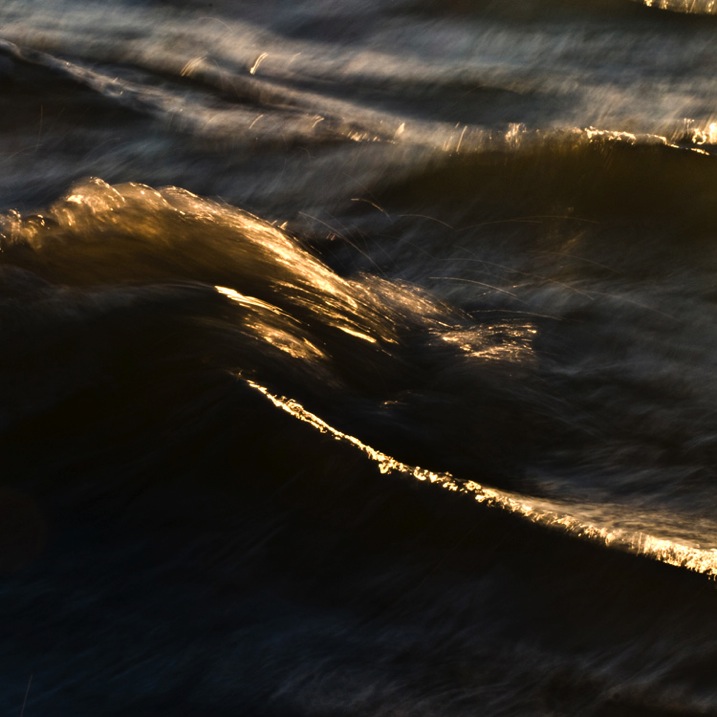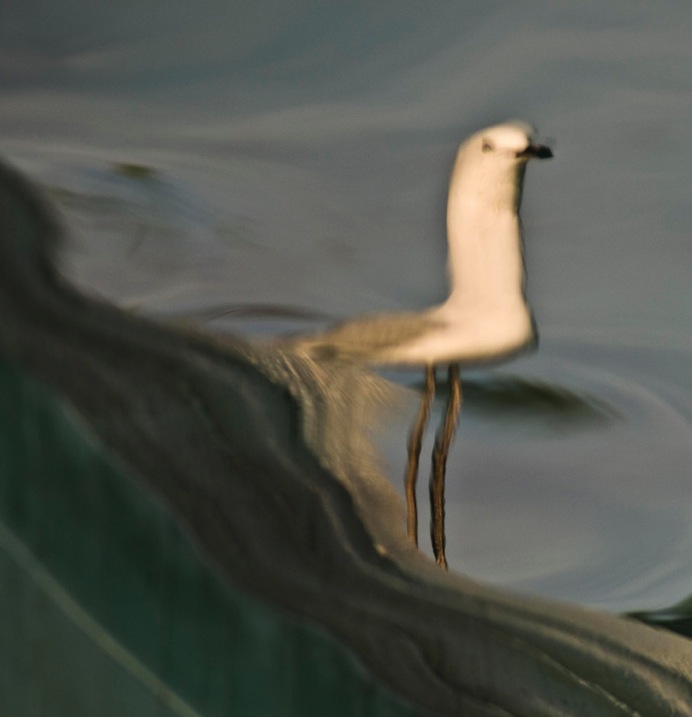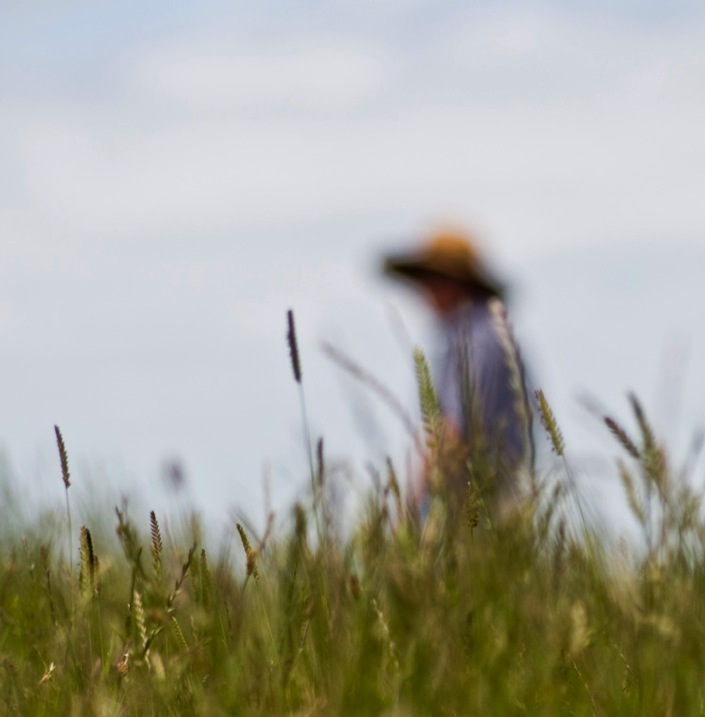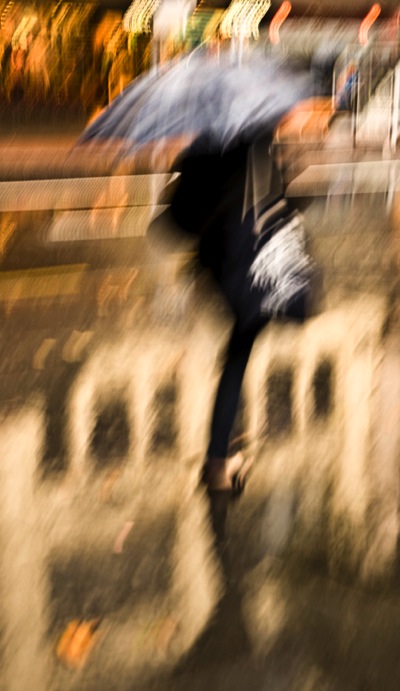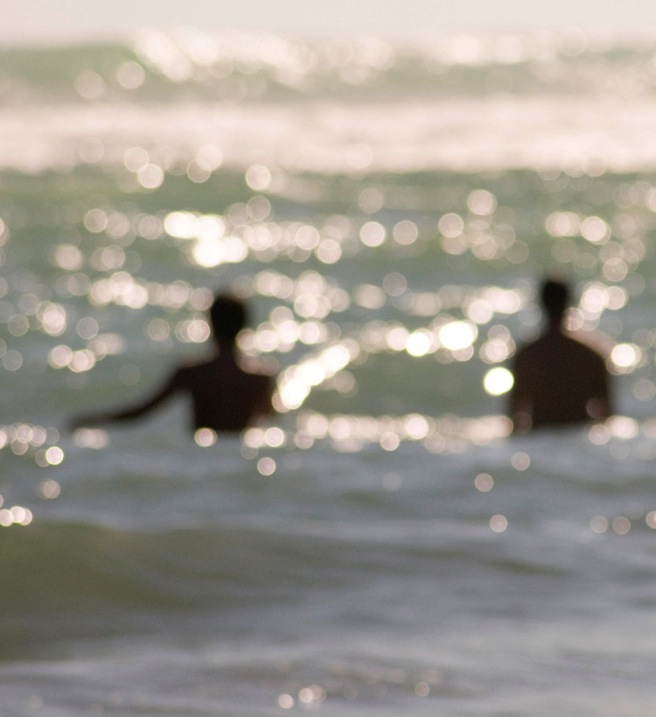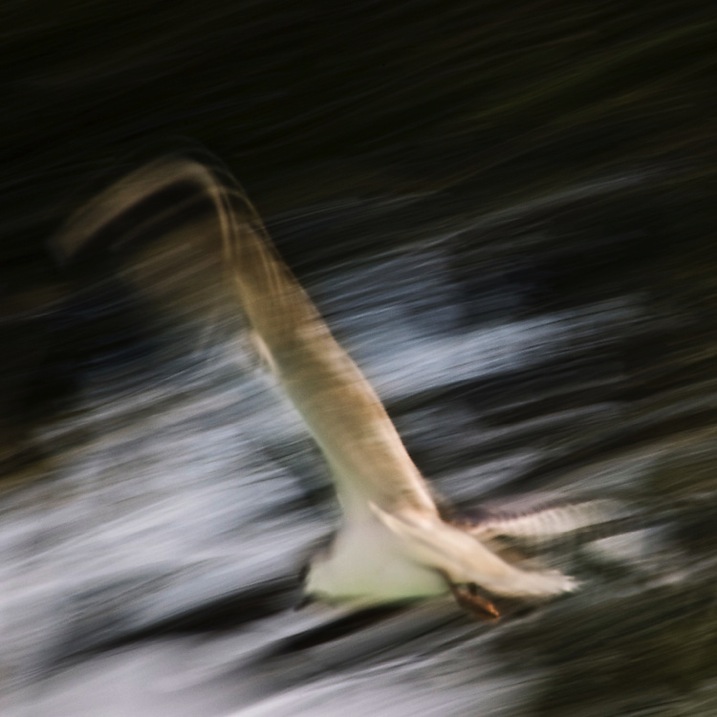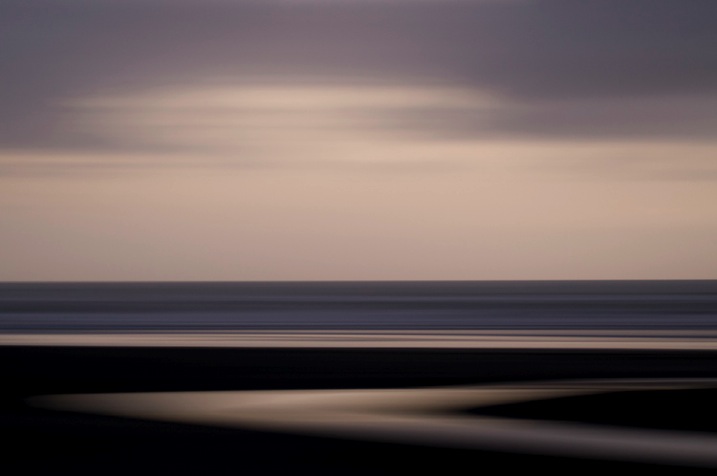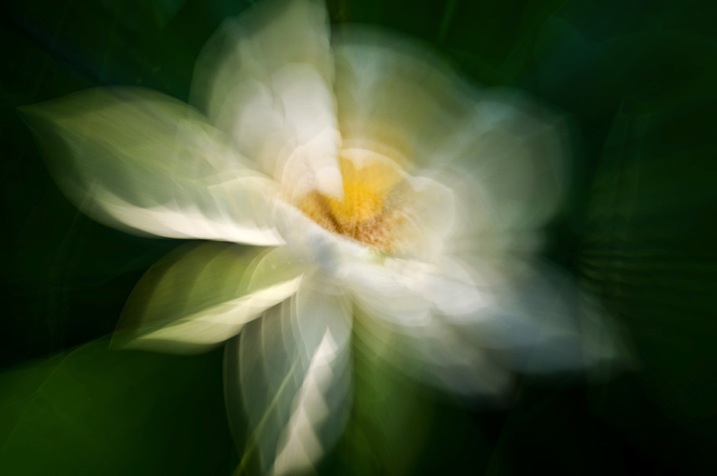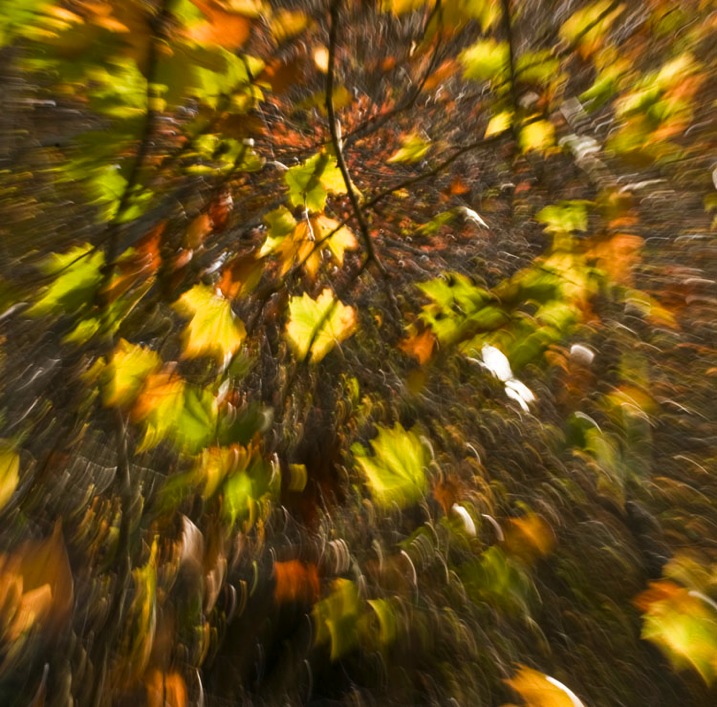Introduction
Whether you are a beginner in photography or have been practicing for a while, there may come a time when you experience a creative block and struggle to find inspiration. This is something that all photographers go through at some point. The question is, how can you reignite your creativity and find new sources of inspiration? One effective approach is to explore abstract or impressionist photography. Rather than stepping outside of your comfort zone, abstract photography allows you to stretch your limits and see things in a completely new and different way.
Abstract and impressionist photography encourage you to focus on texture, form, and color. By moving away from realistic representations, you can create exciting and imaginative images using bold colors, shapes, and lines.
Techniques for Abstract Photography
1. Look for shapes, patterns, and textures
As you go about your daily activities, take the time to observe the shapes, patterns, and textures around you. Your own house can be a treasure trove of interesting subjects. Look closely at different objects and see if you notice any recurring shapes or themes within them. These can be used to your advantage when composing abstract photos.
Lines, in particular, can be a powerful element in photography. Our eyes are naturally drawn to follow lines, so consider incorporating them into your compositions. For example, take a close look at the undulating patterns created by waves as they break on the shore. In urban environments, look for fascinating patterns formed by buildings. Even a walk in the park can reveal different textures in flower arrangements, providing a great opportunity for abstract photography.
2. Look for reflections
Reflections are an excellent way to create abstract and impressionist photographs. With careful observation, you will begin to notice that reflections are everywhere. As you walk around, keep an eye out for smooth surfaces that can produce interesting reflections.
Think about how you can use reflections to capture unique viewpoints that would otherwise be impossible. Pay attention to colorful reflections on rain-soaked streets, as they can create shimmering and impressionistic images. Similarly, still lakes and rivers can offer wonderful reflective surfaces to experiment with. You might be amazed at the captivating and abstract compositions you can create by making use of reflections.
3. Defocus
Creating an impressionistic look can be as simple as adjusting the focus of your lens. To achieve this technique, use Aperture Priority mode and set your lens to its widest aperture, resulting in a shallow depth of field. This will allow you to selectively blur parts of your image while keeping other areas in focus.
Switch your lens to manual focus and experiment by defocusing different scenes. By intentionally blurring the subject, you can achieve a dreamy or abstract effect. Try varying the focus on the same scene to discover the level of blur that best suits your subject and artistic vision.
4. Pan your camera
Panning is a technique that allows you to capture moving subjects with a sense of motion. Although it requires some practice, it is relatively easy to get started. You can pan subjects such as running people, bicycles, cars, or anything that is in motion.
To begin, set your camera to shutter priority mode and select a shutter speed between 1/10th and 1/60th of a second. As your subject approaches, focus on it and start tracking its movement with your camera. The goal is to move in sync with the subject, creating a blurred background while keeping the subject relatively sharp.
A successful camera-panning image often benefits from a suitable subject. Vibrant colors and lines that divide the frame can enhance the sense of motion. In addition to capturing moving subjects, you can also use this technique to create stunning seascapes and landscapes, where panning horizontally or vertically emphasizes horizontal or vertical lines in the scene.
5. Zoom
A zoom burst, or zoom blur, is a technique that adds dynamic energy to your photographs. It involves changing the focal length of your lens (zooming in or out) while taking a photo, causing the image to blur from the center outwards, creating a sense of the scene bursting towards the viewer.
To execute this technique, you’ll need a DSLR or mirrorless camera with a zoom lens. Set your camera to Shutter Priority mode and experiment with a shutter speed of around 1/10th of a second. Compose your photo in a way that pleases you, and as you press the shutter, zoom the lens either in or out. The key to achieving successful results is to find the right amount of zoom burst by adjusting factors such as the speed and direction of the zoom.
Take the time to explore the full potential of each technique. Dedicate yourself to photographing frequently. Avoid being overly critical of your work and instead focus on analyzing your images to identify areas for improvement. Most importantly, allow yourself to have fun and experiment with abstract photography.
Tips to Remember
- Keep an open mind; abstract photography is about seeing the potential in things that other people miss.
- Spend time exploring everyday subjects and scenes; it’s surprising how many interesting abstracts you will find.
- Look at familiar things from unfamiliar angles, and you will see them in a completely different light.
- Forget about what something really is and concentrate on its shape and color.
Conclusion
Abstract photography is a wonderful way to tap into your creativity and explore new perspectives. By practicing techniques such as observing shapes and patterns, capturing reflections, defocusing, panning, and using zoom bursts, you can produce unique and captivating images. Remember to keep an open mind, spend time exploring familiar scenes, and approach your subjects with curiosity. Embrace the joy of experimentation and allow abstract photography to expand your artistic horizons.
The article is compiled and compiled by tipcamera.com


